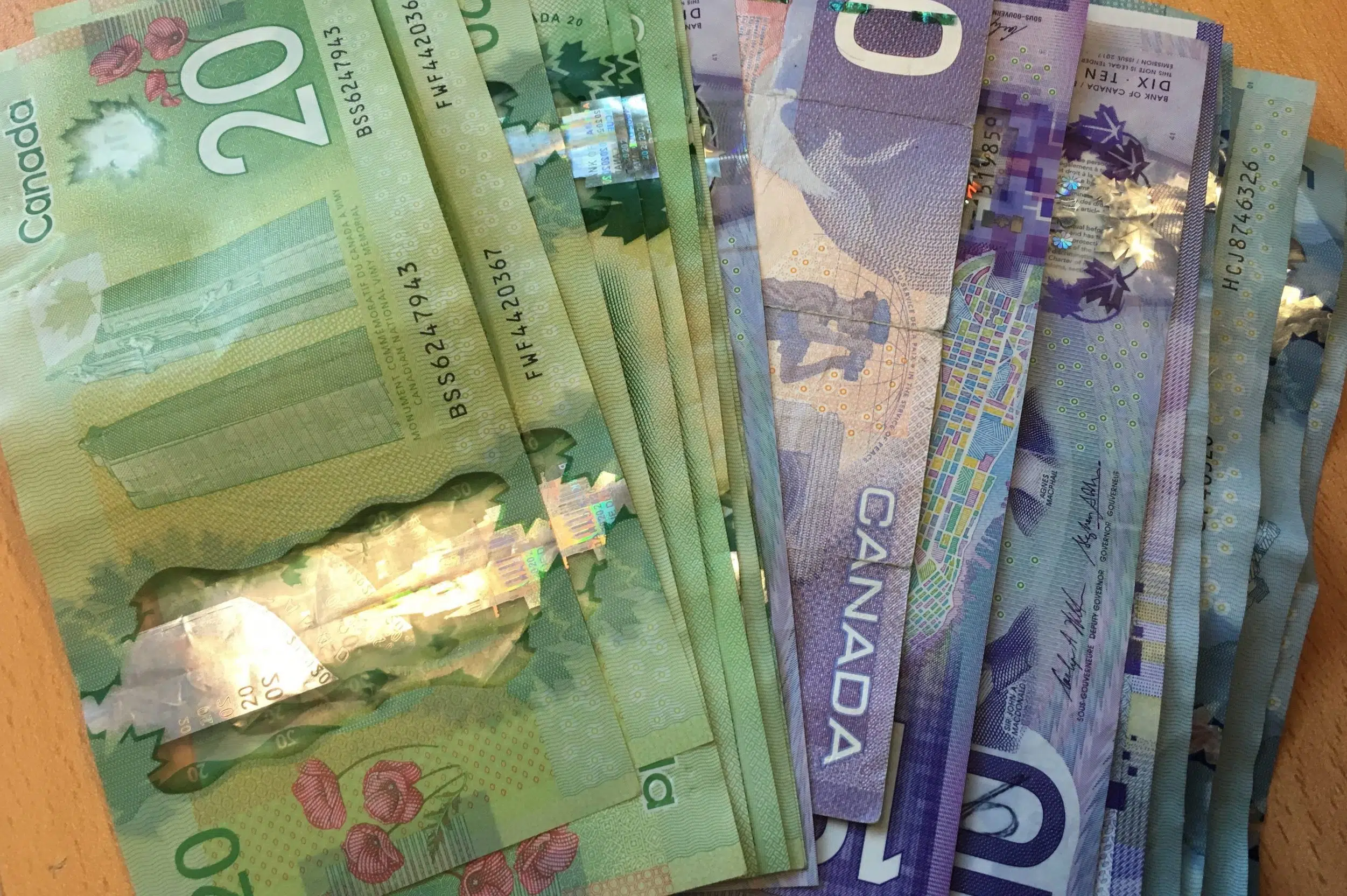The COVID-19 pandemic caused some large chain reactions in our world — one being how we have changed as consumers.
Toilet paper, yeast, hand sanitizers, paper towel and lumber began flying off the shelves as the fear of the unknown began. The way consumers flocked to stores began to change the shopping flow and impacted buying behaviours.
That put a strain on many chains and local businesses.
Dr. Keith Willoughby, the dean of the Edwards School of Business, noted on the Brent Loucks Show that everything is made to be delivered at the right time and that becomes predictable. With the pandemic, however, that predictability changed.
“I think here in North America we are unaccustomed to empty shelves, which happened 15 months ago when the pandemic donned upon us,” Willoughby said. “So I think it has caused a jolt for consumers, it has impacted our buying behaviour (and) our manufacturers are seeing it in terms of the product they have available.”
Willoughby thinks this is a good learning opportunity for others to see the interconnectedness of so many of the things we have in the supply chain network.
A shortage of something like computer chips impacted many other product productions. For example, car lots grew increasingly emptier and the prices of used cars rose. That’s a prime example of what chain reactions can do when one supply is low — thus the interconnectedness.
“We think back a year and a half ago that the toilet paper (and) the yeast, that was incredibly high demand — so we see how interconnected these items are and it really shows the supply chain system we developed that when situations are predictable it works wonderfully,” Willoughby said.
The pandemic exposed how vulnerable some systems can be, but Willoughby said an overall virtue of patience can help keep things together.
“I think we need to recognize that supply chains do exist and they are resilient; they will respond,” he said. “But almost like starting your vehicle on a minus-40 morning, it takes a bit of time to get things going.”







